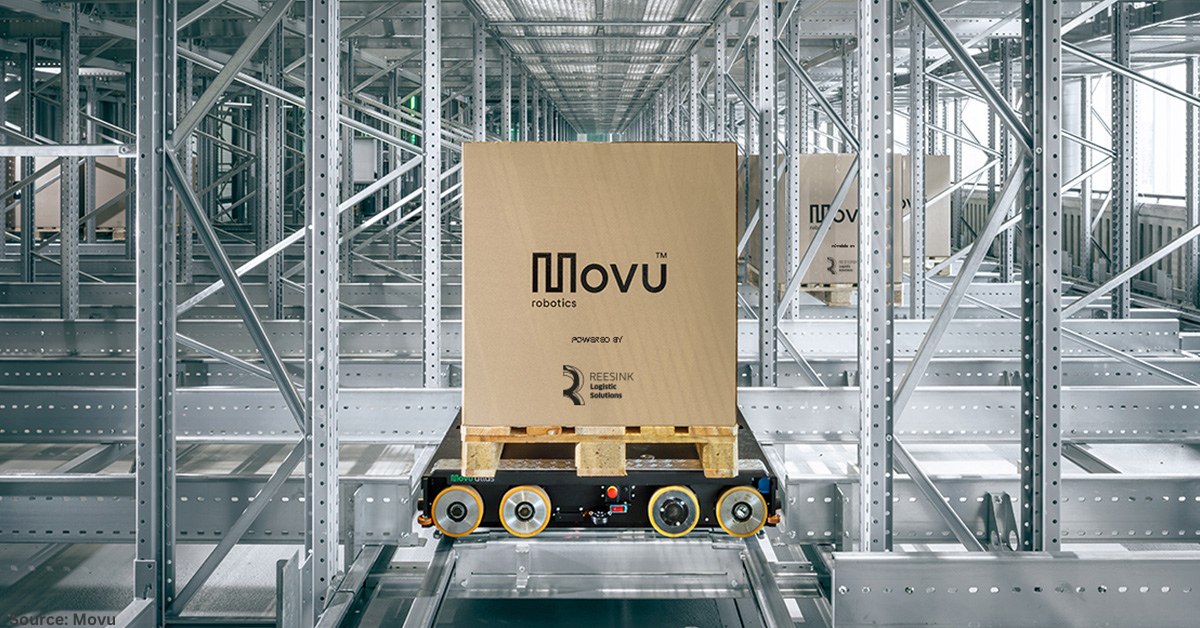Organisations must adopt resource conservation strategies to mitigate risks brought by inflation and ongoing supply shortages, a new study from Gartner has found.
“CSCOs foresee that anticipated increases in inflation and supply shortages will lead to further production challenges and shipping ineffectiveness,” said Sarah Watt, senior director analyst with the Gartner Supply Chain practice.
“These constraints are not short-term, and the underlying trend is that demand for goods is rising, while supply is increasingly scarce,” Watt said.
The study also found that CSCOs face pressure from internal and external stakeholders to make their networks more sustainable.
Last year, a Gartner survey found that 67 per cent of respondents were investing in including environment and social sustainability metrics as KPIs for supply chain leaders.
To mitigate these challenges, Gartner suggested that CSCOs roll out these three resource conservation strategies.
Employ circular economy models to slow down primary consumption
A huge part of the economy is dictated by linear consumption – take, make, dispose. However, there is a slow but notable shift towards circular economy models.
“The circular economy provides an opportunity to decouple raw materials from growth,” Watt said.
She continued that circular economy activities range from as-a-service models to incentivised return and collaborative consumption.
Another important aspect is the ownership of end-of-life materials, especially if they contain valuable raw material. Gartner said that closing the loop can help organisations become more resilient against supply shortages.
“Essentially some suppliers are using “end-of-life” materials as a hedge against inflation and availability concerns,” Watt said.
Before embarking on a circular economy strategy, she recommended that both environmental, financial, and societal impacts are assessed at a product and service level.
“CSCOs need to define the best candidates for circularity, or they may end up creating increased environmental burden rather than reducing it,” she explained.
Treat waste as a value-based asset
As supply constraints continue, CSCOs must capitalise on the potential value of waste and see it as an asset. This can be achieved by building ecosystem partnerships with waste contractors, suppliers and innovators.
“With new legislation being passed around producer responsibility and changes in waste regulation, waste will be increasingly seen as a liability – when it could also be a resource,” Gartner said.
CSCOs need to shift their strategies to encompass waste streams, and gain control so that waste materials can be used effectively.
Preserve Natural Capital
Natural capital is the stocks of geology, soil, air, and water that are needed to produce materials. Without stocks of natural capital, supply chains would not function.
However, natural capital is viewed as an externality – no one pays for it.
Gartner said that CSCOs must shift their relationships with natural capital and focus on activities such as reducing biodiversity loss, fighting deforestation, or exploring regenerative agriculture.
“The risk today is that CSCOs are spending the feedstocks more quickly than they can regenerate, and supply chains must make sure that they don’t destroy the very base of their business,” Watt concluded.
In case you missed it: Gartner unveils 2022 Power of the Profession Supply Chain Award winners























































Follow us on social media